
Blog
Why Design and Build is the Future of Construction in Malaysia | RumahHQ

In the ever-evolving landscape of construction, the phrase “design and build” is becoming increasingly popular, especially here in Malaysia. So, what’s all the fuss about? Imagine having a single team handle everything from the first sketch of a building to the final touches that make it a home or office. Sounds efficient, right? As we step into a new era of development, the way we approach construction is changing, and this integrated method might just be the key to tackling some of the unique challenges our industry faces. In this article, we’ll explore why design and build is not only a trend but potentially the future of construction in Malaysia, reshaping our skyline and improving how we create spaces. Buckle up, because we’re diving into a conversation that could transform the way we think about building!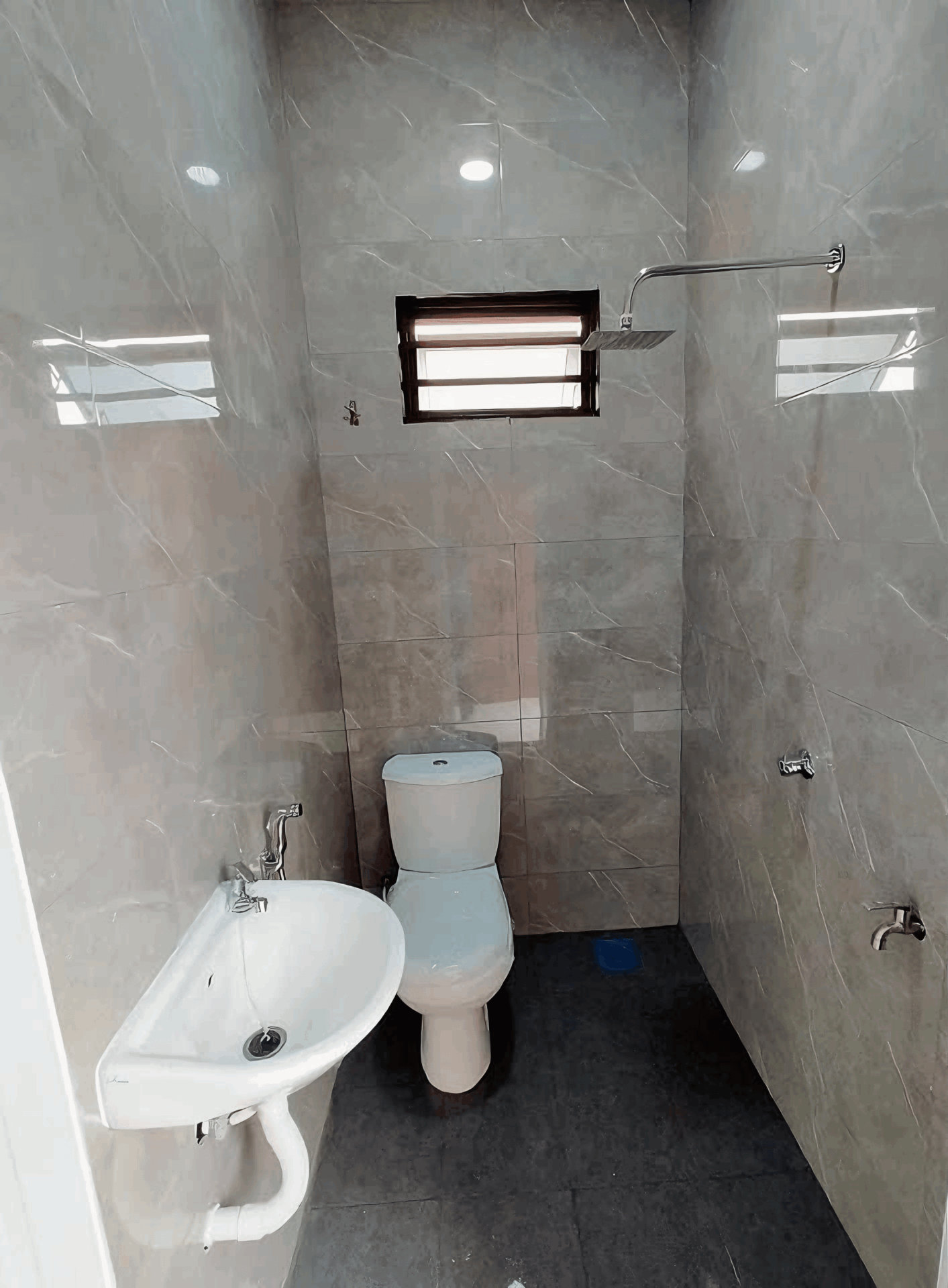
Rethinking Construction: The Basics of Design and Build in Malaysia
The design and build approach offers a refreshing change in the construction landscape of Malaysia. By integrating both design and construction phases, this method streamlines the entire process, leading to enhanced collaboration among stakeholders. Instead of working separately, architects, engineers, and builders come together from the get-go, fostering a more cohesive vision. This synergy not only reduces miscommunication but also promotes innovative solutions that address specific client needs effectively.
One of the standout advantages of this integrated approach is the potential for cost savings. With a single point of accountability, clients can enjoy a more predictable budget. Gone are the days of unexpected expenses surfacing after the fact. In fact, the collaborative nature encourages the incorporation of sustainable practices right from the design stage. Here are some benefits that can be reaped:
- Increased efficiency: Quicker project completion times.
- Improved quality: Enhanced attention to detail throughout the process.
- Greater transparency: Clearer communication of project milestones and budgets.
Furthermore, the flexibility of the design and build system makes it particularly suitable for the dynamic Malaysian market. As trends shift and client needs evolve, this approach allows for adaptability without major disruptions. The continuous feedback loop means that adjustments can be made swiftly, ensuring that the final outcome truly mirrors the initial vision. This responsiveness is invaluable in a fast-paced environment, positioning design and build as a key player in shaping the future of construction in Malaysia.
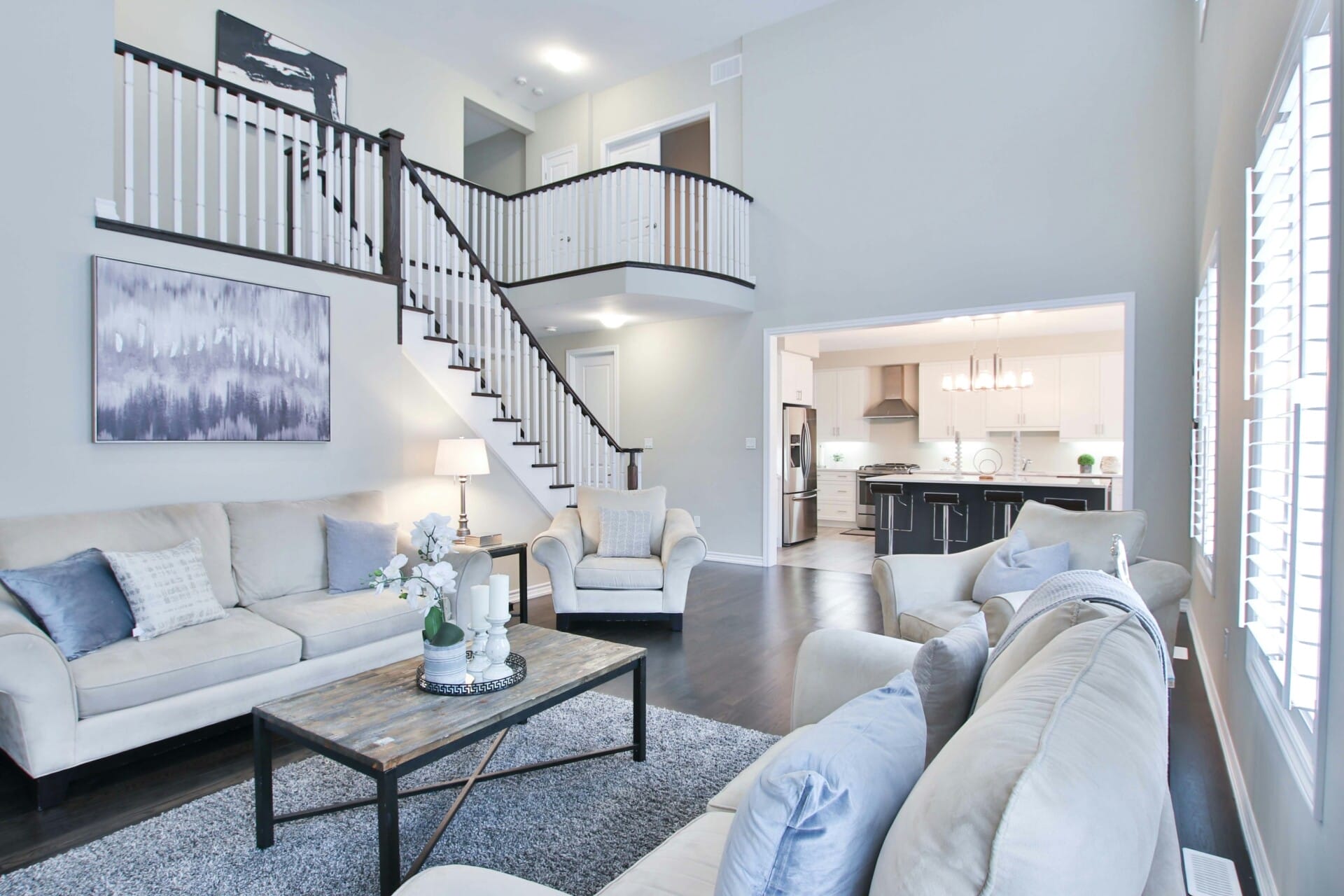
Synergizing Architecture and Engineering for Seamless Execution
In the dynamic landscape of construction, a collaborative approach that bridges architecture and engineering is no longer just an option—it’s a necessity. By integrating these two disciplines from the onset, projects can benefit from streamlined communication and enhanced problem-solving strategies. This collaboration ensures that all elements of the design and construction process are harmonized, leading to more efficient project delivery and minimizing the risk of costly errors.
To truly harness this synergy, it’s essential to implement a framework that encourages continuous interaction among architects, engineers, and contractors. Here are some key strategies that can create a smoother workflow:
- Regular Joint Meetings: Set up bi-weekly sessions to discuss project updates and address concerns.
- Shared Digital Platforms: Utilize cloud-based tools for real-time sharing of designs and revisions.
- Integrated Project Teams: Form multidisciplinary teams to foster a culture of collaboration from the get-go.
Let’s take a look at how this integrated approach impacts various stages of construction:
| Construction Stage | Impact of Integration |
|---|---|
| Conceptual Design | Accelerated brainstorming leading to innovative designs. |
| Planning | Reduced conflicts and streamlined approvals. |
| Execution | Timely adjustments based on site conditions and feedback. |
| Completion | Smoother handover, leading to enhanced client satisfaction. |
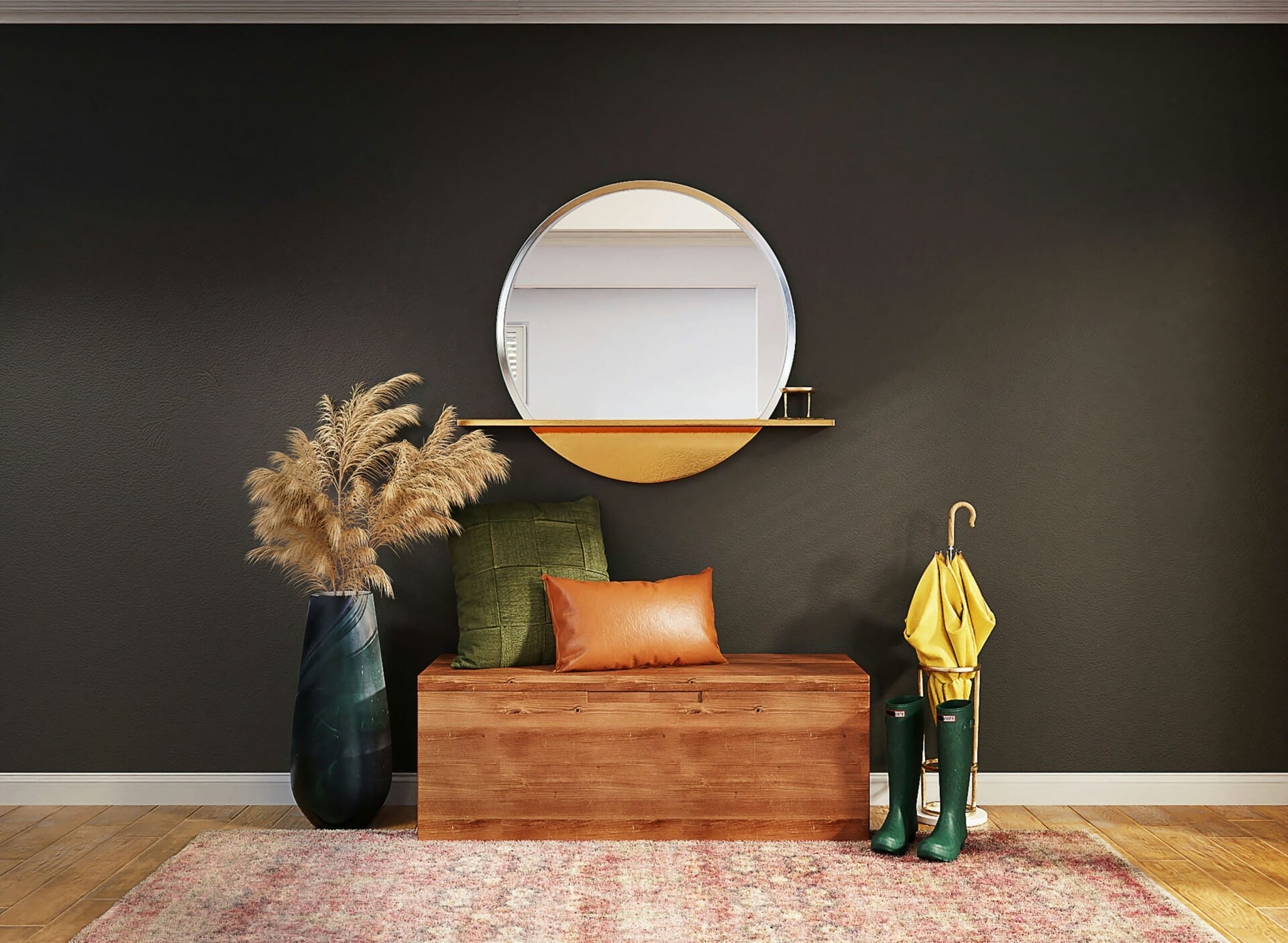
Enhancing Efficiency: Time and Cost Savings in Design and Build Projects
Design and Build methodology is rapidly gaining recognition in Malaysia, primarily due to its inherent ability to streamline operations. This approach allows for a single point of responsibility, where one entity manages both the design and construction aspects of a project. This seamless integration minimizes miscommunication and ensures that all team members are aligned from the initial concept to final construction. As a result, projects not only move faster through the various stages but also experience a significant reduction in delays that often plague traditional methods.
A major advantage of this model is the cost-effectiveness it offers. By cutting down the need for multiple contracts and collaborations, clients benefit from lower overhead costs. More than just eliminating unnecessary layers of management, this methodology encourages innovation during the design phase. With designers and builders collaborating closely, there’s a greater opportunity for identifying cost-saving measures early on. Some key benefits include:
- Faster decision-making due to direct communication.
- Reduced project duration by up to 30%.
- Ability to foresee and remedy potential issues before they escalate.
Moreover, the emphasis on sustainability cannot be overstated. Design and Build not only facilitates a quicker turnaround but also encourages the implementation of eco-friendly practices right from the start. This approach allows for better choice of materials and construction methods that align with sustainable principles, thus promoting less waste and greater efficiency. The integration of advanced technologies, such as Building Information Modeling (BIM), further enhances this capability, allowing for superior planning and resource management:
| Aspect | Traditional Method | Design and Build |
|---|---|---|
| Project Duration | Longer timelines | Up to 30% faster |
| Cost Overruns | Common and frequent | Reduced risk |
| Communication | Multiple parties involved | Streamlined and direct |


Sustainability in Focus: Eco-friendly Solutions in Construction
As the construction industry in Malaysia evolves, there’s a noticeable shift towards eco-friendly solutions that prioritize sustainability. One innovative approach gaining traction is the integration of recycled materials in building designs. By incorporating locally sourced recycled resources, construction projects can reduce waste and lower their carbon footprint. This not only addresses environmental concerns but also supports the local economy, making it a win-win situation.
Moreover, energy efficiency is becoming a keystone in the design and building process. Features like solar panels, rainwater harvesting systems, and green roofs are being more frequently integrated into new developments. These elements are essential for minimizing energy consumption and ensuring that buildings work in harmony with the environment. A shift in mindset from traditional to sustainable design practices can result in long-term savings and increase the overall value of properties.
To further streamline these eco-conscious initiatives, the collaboration between architects, builders, and engineers is crucial. Utilizing a design and build model encourages proactive communication and innovation, ultimately leading to greener projects. Here’s a quick glance at some eco-friendly building techniques rapidly gaining popularity:
| Technique | Description |
|---|---|
| Modular Construction | Pre-made building segments reduce waste and construction time. |
| Passive Solar Design | Maximizes natural light and heating, minimizing energy use. |
| Bamboo Framework | Utilizes a rapidly renewable resource for structural integrity. |
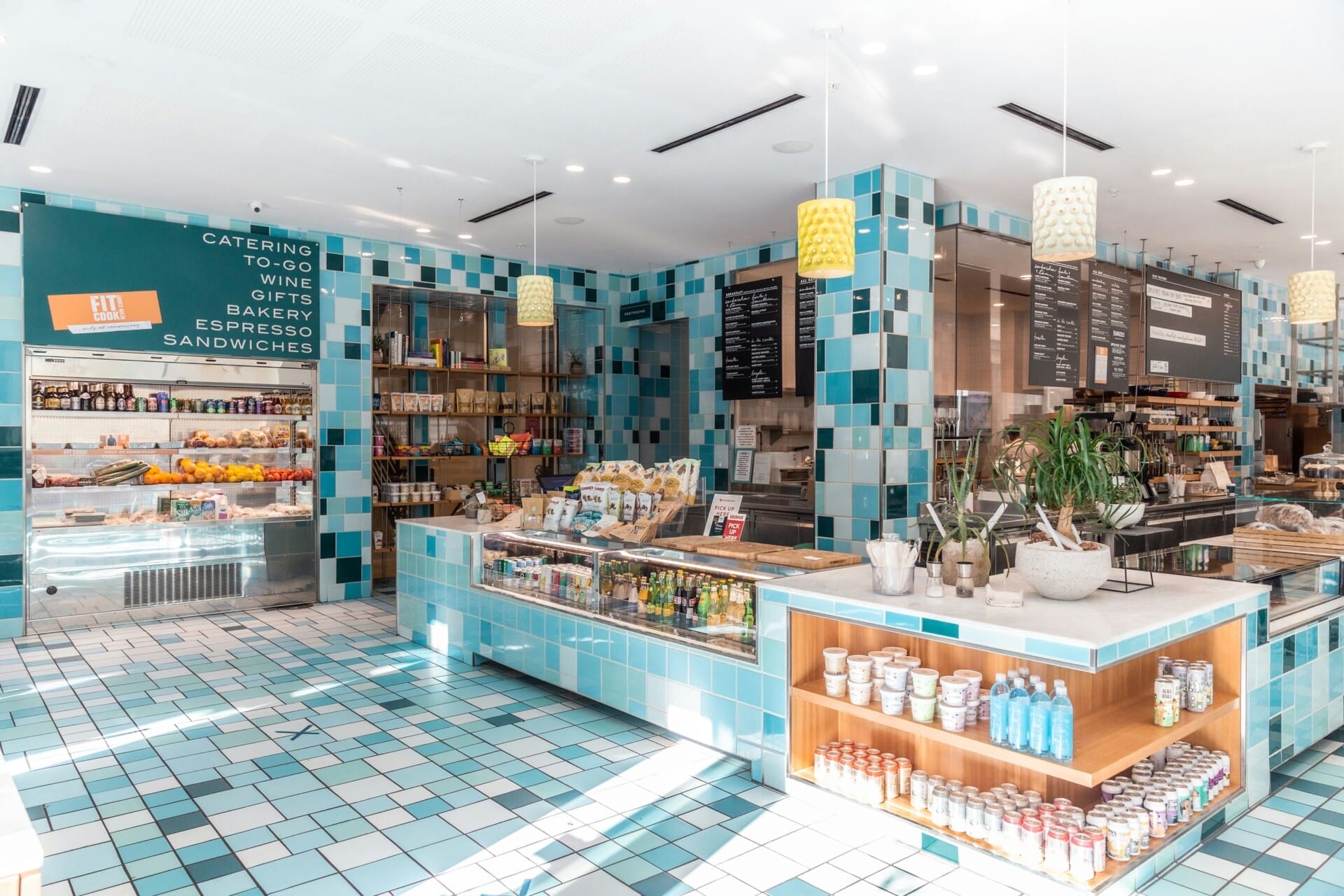

Navigating Challenges: Overcoming Common Obstacles in Design and Build
Design and build projects often encounter various hurdles, but navigating these challenges is key to success. One common issue is the communication gap between clients, architects, and contractors. To overcome this, establishing a clear line of communication from the beginning is crucial. Utilizing tools like collaborative platforms can help ensure everyone is on the same page. Engaging all stakeholders in regular meetings promotes transparency, allowing for quick resolution of disputes, which is particularly important in a diverse landscape like Malaysia.
Another obstacle frequently faced is budget overruns and financial mismanagement. In the design and build framework, it’s essential to set a realistic budget from the start. Incorporating a comprehensive cost plan that includes contingencies allows for greater flexibility during the construction phase. Consider using an agile budgeting approach that adapts as the project evolves. This ensures that clients are more aware of expenditures and can make informed decisions throughout the project, reducing surprises along the way.
Lastly, adapting to local regulations and environmental conditions can pose significant challenges. Malaysia’s unique climate and building codes require careful consideration. Utilizing local expertise is invaluable here; permitting professionals who understand the ins and outs of regulatory requirements helps avoid costly delays. Additionally, incorporating sustainable practices into design can not only meet regulations but can also appeal to a growing environmentally-conscious market. This proactive approach promotes resilience in construction, ensuring that projects withstand the test of time.
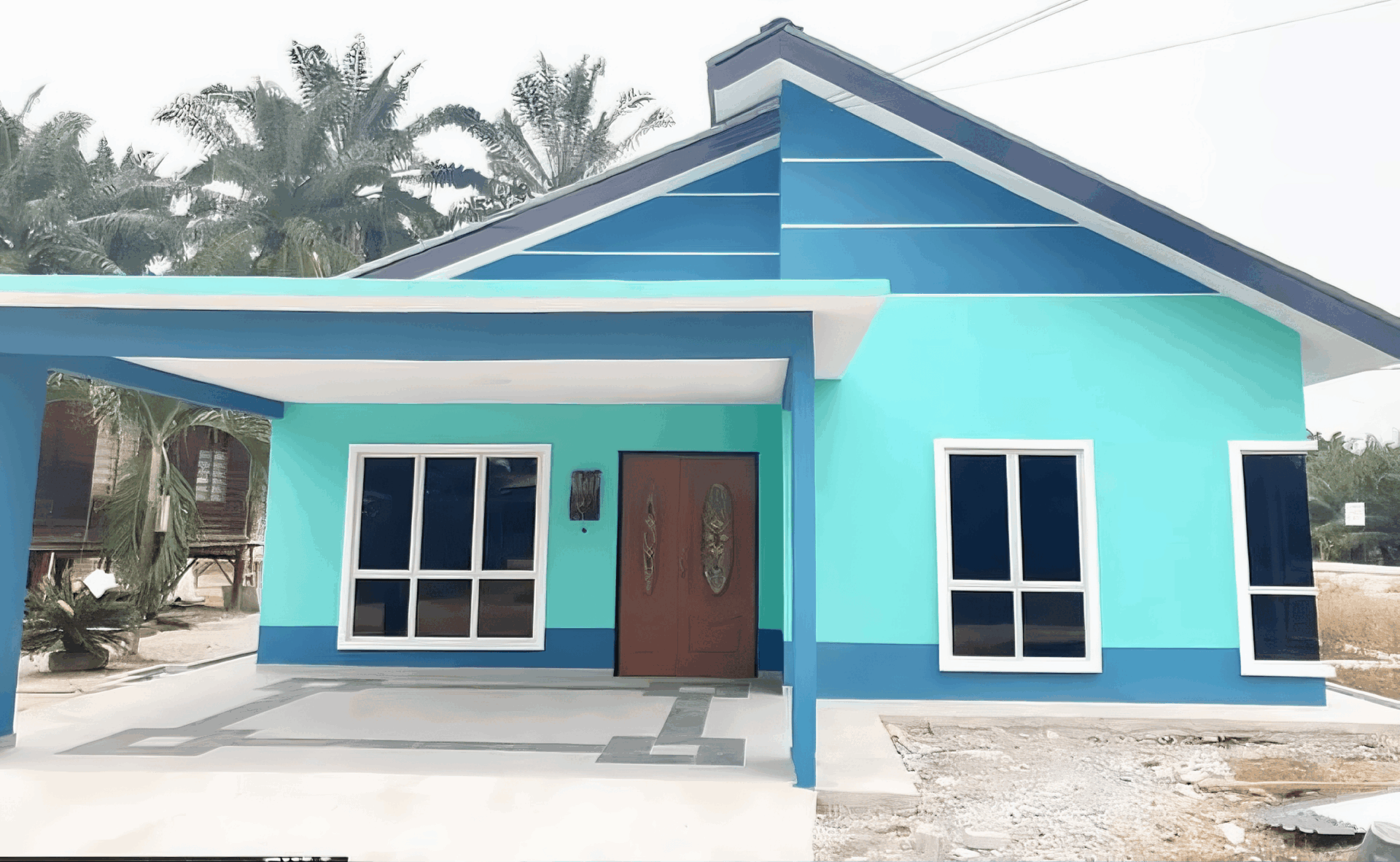

The Role of Technology: Innovations Transforming the Construction Landscape
Technology is not just an accessory in the construction industry; it’s becoming the very backbone of how projects are designed, managed, and delivered. Innovations like Building Information Modeling (BIM), drone technology, and 3D printing are revolutionizing the traditional construction methodologies in Malaysia. These tools allow for more efficient planning and execution, reducing time wastage and enhancing precision. With BIM, for instance, teams can visualize the entire project before breaking ground, facilitating better decision-making and collaboration across disciplines.
The rise of smart construction equipment, equipped with sensors and IoT technology, has also transformed on-site operations. Going beyond basic machinery, these tools provide real-time data analytics that help project managers monitor progress and address issues before they escalate. With features like automated scheduling and predictive maintenance, such technologies can significantly minimize downtime and cost overruns. Moreover, mobile applications are enabling seamless communication among teams, ensuring everyone stays aligned on their goals and timelines.
Furthermore, sustainability through technology is becoming indispensable in the Malaysian construction landscape. The incorporation of green technologies, such as energy-efficient systems and sustainable materials, is making construction projects not only viable but also eco-friendly. The shift towards sustainability centers around innovative practices like modular construction and recycling techniques. By leveraging these advancements, the industry is moving towards a more responsible future, ultimately aligning with global efforts to combat climate change. It’s clear that embracing technology will be pivotal for construction firms looking to thrive in this evolving market.
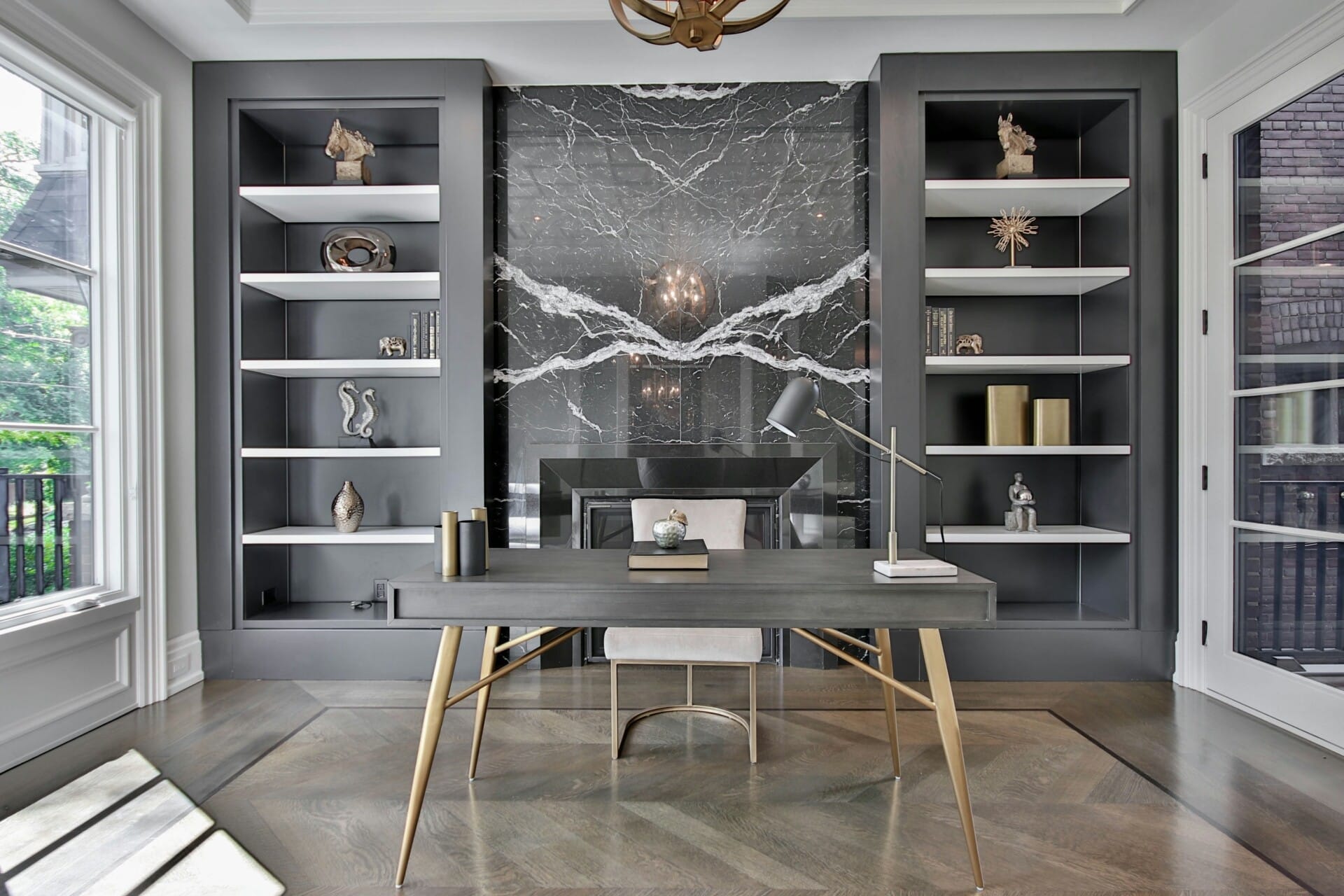

Fostering Collaboration: The Importance of Communication Among Stakeholders
In the ever-evolving landscape of construction in Malaysia, collaboration among stakeholders is more important than ever. When architects, engineers, contractors, and clients engage in open lines of communication, they can identify challenges and opportunities early on. This proactive approach ensures that everyone’s vision aligns and reduces the chances of costly delays or misunderstandings down the line. After all, effective communication isn’t just about talking; it’s about listening, adapting, and responding to the needs of every party involved.
One of the most practical ways to enhance communication is through regular collaborative meetings. These gatherings can serve as brainstorming sessions where ideas flow freely. Some benefits of these meetings include:
- Improved transparency: Everyone remains on the same page regarding project timelines and goals.
- Strong rapport: Building relationships fosters trust, leading to smoother transactions.
- Quick decision-making: Issues can be addressed promptly, reducing time spent on revisions.
Moreover, utilizing modern technology can significantly streamline the communication process. Platforms that facilitate real-time updates, file sharing, and project tracking can make a world of difference. Consider the following tools that can enhance collaboration:
| Tool | Key Feature |
|---|---|
| Trello | Visual project management boards |
| Slack | Instant messaging for teams |
| Asana | Task assignments and deadlines |
By leveraging these tools and championing open dialogue, stakeholders can work in a more integrated manner. This augments not just the outcome of individual projects but contributes to a more efficient and innovative construction industry in Malaysia. In this collaborative environment, the possibilities are limitless; it’s the key to unlocking the true potential of design and build methodologies.
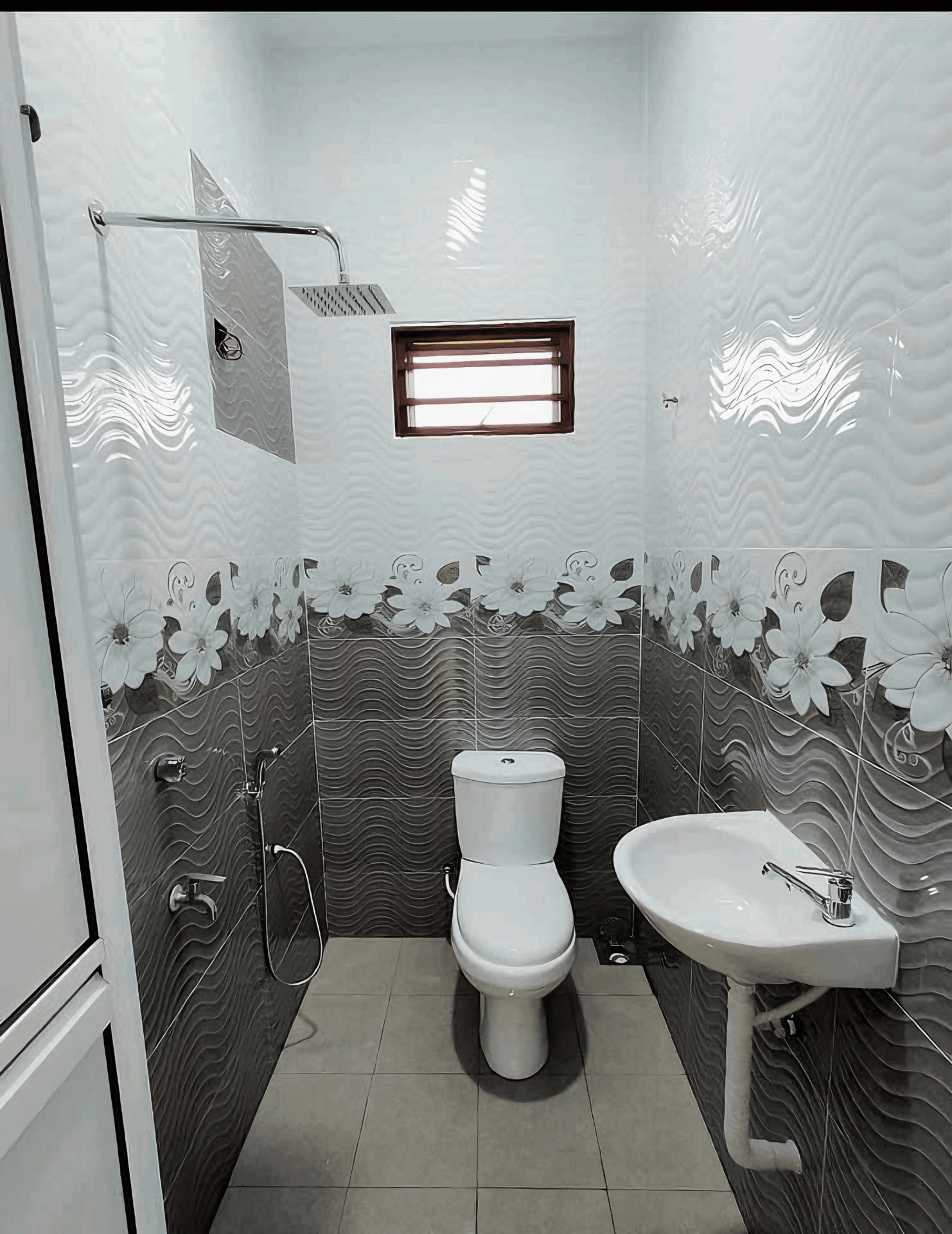

Future Trends: What Lies Ahead for Design and Build in Malaysia
As the Malaysian construction industry evolves, we’re likely to see a significant shift towards sustainability and innovation in the design and build approach. With increasing awareness of environmental issues, stakeholders are focusing on eco-friendly materials and energy-efficient designs that minimize carbon footprints. Integrating smart building technologies like IoT (Internet of Things) devices will not only enhance functionality but also improve energy management, aligning with Malaysia’s commitment to sustainable development.
Another trend is the increasing importance of collaboration among project stakeholders. The design and build model promotes a seamless integration of both design and construction, fostering better communication and reducing the chances of misalignment during the project’s lifecycle. More stakeholders are recognizing that this method not only speeds up project delivery but also allows for greater flexibility and adaptability to changes. With advancements in BIM (Building Information Modeling) technology, teams can work together more efficiently, visualizing the end product and making informed decisions much earlier in the process.
Lastly, as the demand for affordable housing continues to rise, the design and build approach can provide faster solutions to meet these needs. By streamlining the construction process and cutting down on costly delays, developers are better positioned to deliver quality homes at competitive prices. Key factors driving this trend include:
- Rapid Response to Market Demand: Reduced time frames from inception to completion.
- Cost Efficiency: Effective use of resources lowers expenses.
- Customization: Tailored solutions based on client feedback.
Concluding Remarks
As we wrap up our exploration of why Design and Build is stepping into the spotlight for the future of construction in Malaysia, it’s clear that this approach is more than just a trend—it’s a game-changer. With its potential for efficiency, collaboration, and streamlined processes, we’re looking at a system that can adapt to our unique needs and challenges.
As Malaysia continues to grow and evolve, embracing innovative construction methods like Design and Build could lead to not only faster project delivery but also a healthier environment for builders and a better experience for everyone involved. So, whether you’re an architect, contractor, or just a curious homeowner, it’s exciting to think about what the future holds.
Let’s keep our eyes peeled for what’s next. Who knows? The future of construction could just be knocking at our door, and it’s dressed in a fresh new design!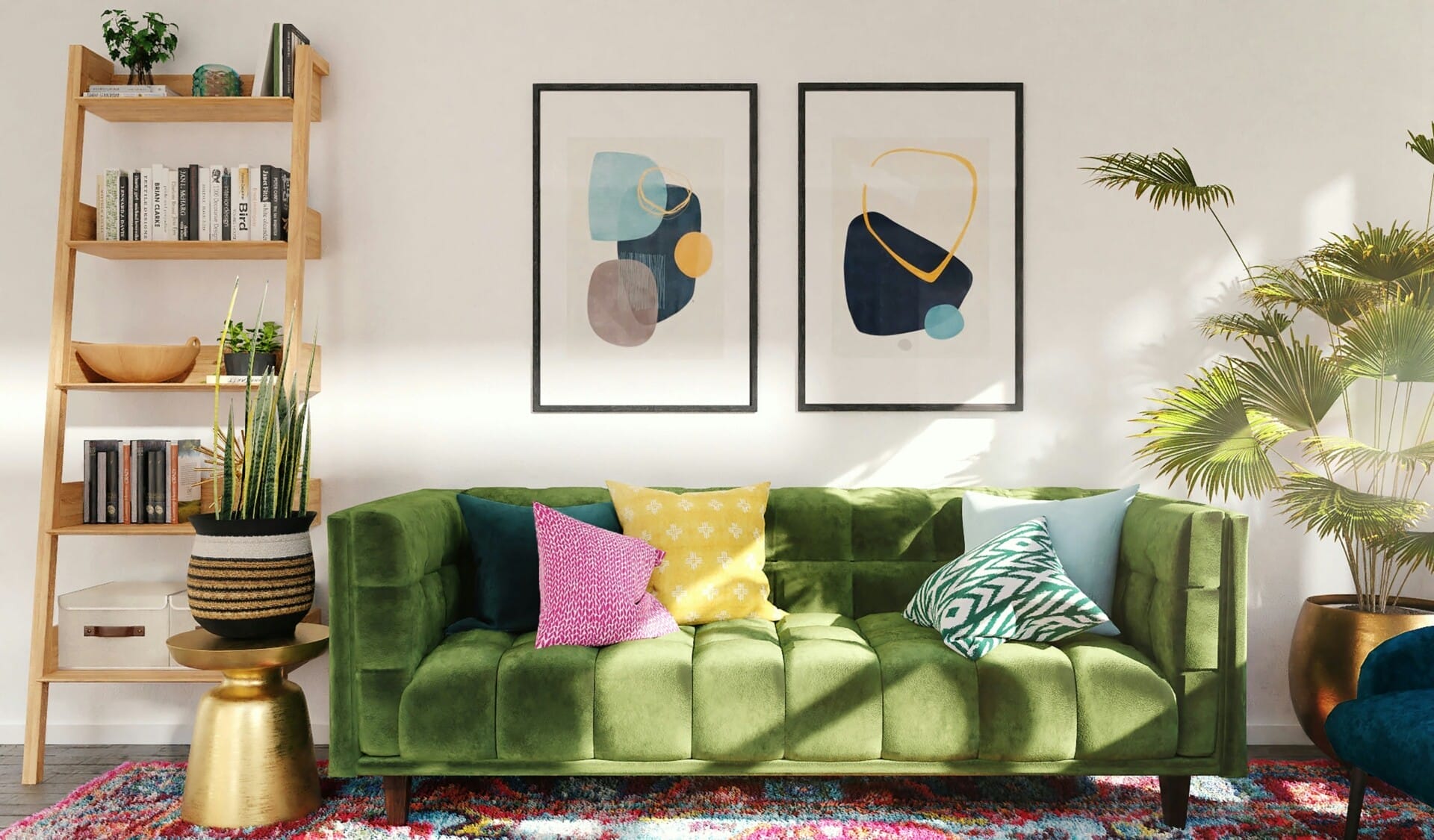

kontraktor rumah
bina rumah
pinjaman lppsa
pengeluaran kwsp
spesifikasi rumah
rumah batu-bata
pelan rumah
rekabentuk rumah
bina rumah atas tanah sendiri
kontraktor rumah selangor
rumah banglo
Source link











